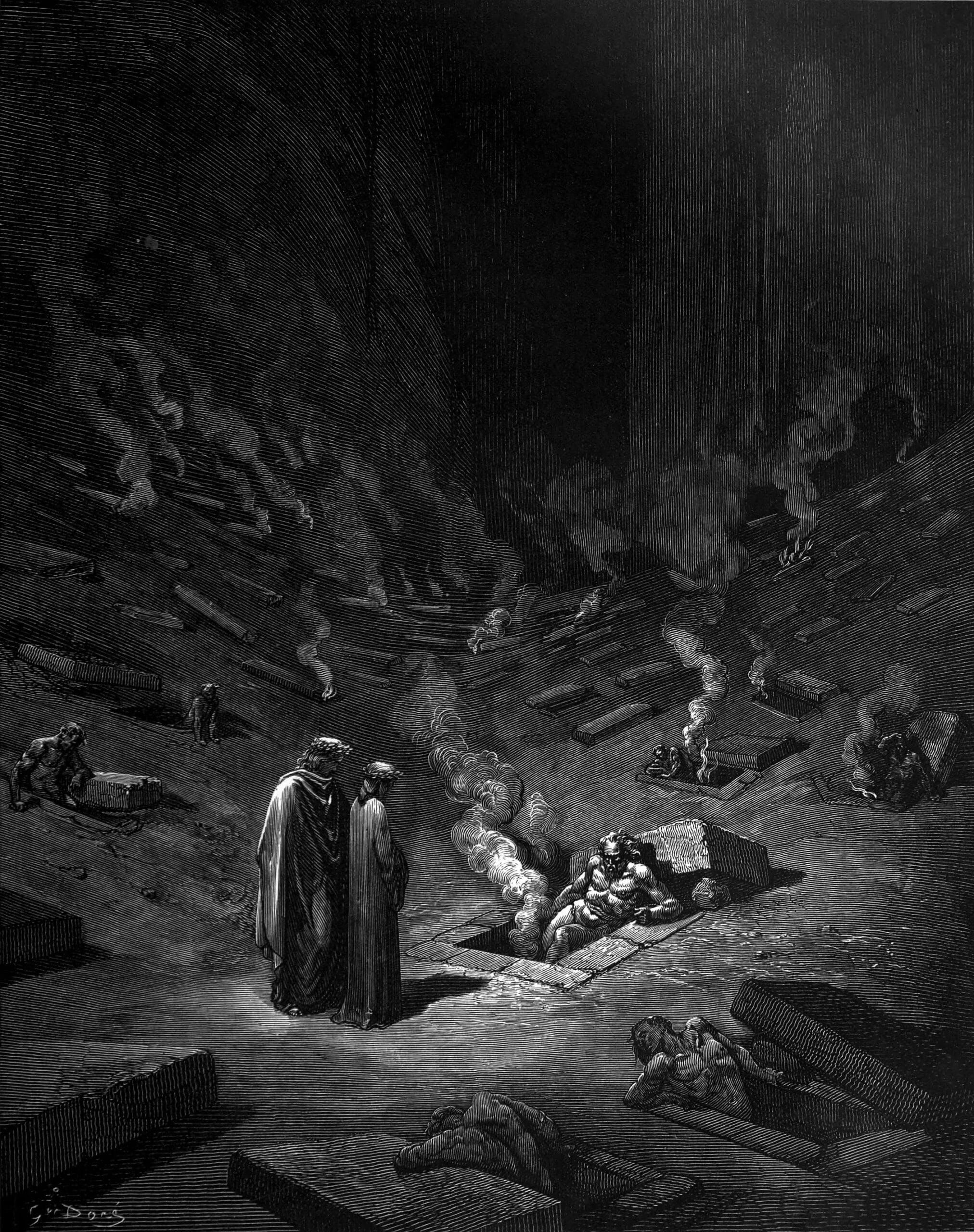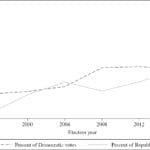Entering the Darkness: Understanding “Nel Mezzo”
Dante Alighieri’s Inferno, the first canticle of his epic poem The Divine Comedy, opens with a simple yet powerful phrase: “Nel mezzo.” Translating to “in the middle,” these two words immediately establish a sense of disorientation and crisis, drawing readers into Dante’s personal and spiritual struggle. Let’s delve into the rich layers of meaning embedded within this seemingly unassuming opening.
“Nel,” meaning “in,” plunges us directly into a world of darkness and confusion. Dante is lost, not just physically in a “dark wood,” but also metaphorically within a spiritual wilderness. This sense of being adrift resonates with the human experience of feeling lost and unsure of the path forward. The dark wood itself likely symbolizes Dante’s own internal struggles and the state of sin he seeks to escape. It’s a powerful image that immediately sets the stage for a journey of self-discovery and redemption.
The phrase “nel mezzo” introduces the concept of a turning point. Being in the middle suggests a pivotal moment, a crossroads where change becomes possible. It’s a place of both despair and potential, a recognition of the current struggle alongside the possibility of transformation. This midpoint in Dante’s life, perhaps reflecting his own age at the time of writing, emphasizes the allegorical nature of the Inferno. The journey through Hell becomes a representation of the spiritual journey we all undertake, confronting our inner demons and seeking a path toward enlightenment. Some scholars suggest that the dark wood itself mirrors the turbulent political landscape of Florence during Dante’s exile, adding another layer of symbolic meaning to the opening lines.
The arrival of Virgil, the Roman poet, offers a glimmer of hope amidst the darkness. Virgil, representing reason and human wisdom, appears as Dante’s guide through the underworld. His presence suggests that even in our darkest moments, guidance and support are available. Virgil acts as a mentor, helping Dante navigate the treacherous terrain of Hell and confront the consequences of his sins. This reinforces the idea of Inferno as not simply a descent into punishment, but a journey of self-confrontation and the potential for redemption.
Dante’s Inferno: A Journey Begins in Hell
The Inferno, the first part of Dante’s Divine Comedy, is more than just a description of Hell; it’s an allegorical journey into the human condition. It explores themes of sin, redemption, and the search for meaning, all originating from the potent opening words, “Nel mezzo.” What happens at the beginning of Dante’s descent?
The poem begins by plunging us into the heart of Dante’s crisis: a dark, confusing wood, representing the spiritual and moral disarray he experiences at the midpoint of his life. He’s lost and uncertain, struggling to navigate this symbolic wilderness. This opening resonates with readers, evoking the universal feeling of being lost and overwhelmed by life’s challenges. It’s a powerful introduction that immediately connects Dante’s personal turmoil with the reader’s own experiences. This “dark wood” may also symbolize the corrupt political landscape of Florence, a city rife with factions and strife, further contextualizing Dante’s own feeling of displacement during his exile.
The concept of being “in the middle” also suggests a critical juncture, a point where change becomes possible. This isn’t just a random location; it’s a pivotal moment in Dante’s life. It highlights the potential for transformation and underscores the Inferno as a journey, a movement from one state to another. The arrival of Virgil, the Roman poet, further strengthens this idea of hope and guidance. Virgil, embodying reason and wisdom, offers Dante a path out of the darkness. His presence suggests that even in our lowest moments, there’s potential for redemption and growth.
Wandering through the dark wood, Dante encounters three symbolic beasts that obstruct his path toward salvation: a leopard (representing lust or incontinence), a lion (symbolizing pride or violence), and a she-wolf (likely representing avarice or greed). These creatures embody the sins that entrap Dante and hinder his spiritual progress. Their presence underscores the challenges Dante faces on his road to redemption. There is debate about the specific interpretations of these beasts, with some scholars suggesting alternative meanings related to the political climate of the time.
Virgil offers to guide Dante through Hell, not as a mere tour of the underworld but as a crucial step in Dante’s journey of self-discovery. This descent into Hell becomes an inward exploration, forcing Dante to confront his own flaws and the consequences of his choices. The journey is designed to expose Dante to the nature of sin and its consequences, ultimately leading him towards redemption. This symbolic journey continues to resonate with modern readers, prompting reflection on their own paths to self-awareness and spiritual growth. As current research continually explores the nuances of Inferno, our understanding of its allegorical depth continues to evolve.
Dante’s Inferno: Word Count, Cantos, and the Journey Through Hell
While the opening line, “Nel mezzo del cammin di nostra vita” (Midway upon the journey of our life), is renowned, the specific word count of Dante’s Inferno is less often discussed. This article aims to address that, offering readers a deeper understanding of the epic poem’s scope.
Most modern English translations of Inferno range from approximately 44,000 to 46,000 words, encompassing its 34 cantos. This length highlights the depth and complexity of Dante’s vision of Hell. The journey through its nine circles, each representing a category of sin ([https://www.lolaapp.com/henry-ford-hospital-frida-kahlo]), is meticulously detailed, offering vivid imagery and philosophical reflections.
| Circle | Sin | Punishment | Key Figures |
|---|---|---|---|
| 1 | Limbo (Unbaptized and Virtuous Pagans) | Eternal separation from God but no torment | Homer, Virgil |
| 2 | Lust | Swept about by a whirlwind | Francesca da Rimini |
| 3 | Gluttony | Wallowing in filth and icy rain | Ciacco |
| 4 | Greed | Pushing heavy weights | Plutus |
| 5 | Wrath | Fighting in the Styx | Filippo Argenti |
| 6 | Heresy | Entombed in flaming tombs | Epicurus, Farinata |
| 7 | Violence | Submerged in boiling blood, pursued by Harpies | Alexander the Great |
| 8 | Fraud | Subjected to various tortures | Ulysses, Geryon |
| 9 | Treachery | Frozen in ice | Judas, Brutus, Cassius |
The variation in word count stems from differences in translation approaches. Some translators prioritize literal accuracy, adhering closely to Dante’s original Italian, while others opt for more contemporary language to enhance readability. The choice of translation can significantly impact the final word count. For example, the Longfellow translation might yield a different word count than a more modern version like the Mandelbaum translation.
The Inferno constitutes the first part of the Divine Comedy, followed by Purgatorio and Paradiso. While Inferno focuses on the consequences of sin, Purgatorio depicts the process of purification, and Paradiso celebrates the ultimate union with the divine. It’s worth noting that Inferno is typically slightly shorter than Purgatorio but longer than Paradiso.
The length of Inferno, regardless of the specific translation, contributes to its immersive nature. The poem’s considerable length allows for a detailed exploration of each circle of Hell ([https://www.lolaapp.com/for-whom-the-bell-tolls-poem]), providing readers with a profound understanding of the nature of sin and its consequences. This extended journey mirrors Dante’s own arduous path towards redemption, enriching the reading experience.
- Carteret County Register of Deeds: Your Guide to Land Records & Vital Documents in Beaufort, NC - November 22, 2024
- Access DuPage County Property Records Online: A Comprehensive Guide - November 22, 2024
- Comal County Judicial Records: A Comprehensive Guide (2024) - November 22, 2024
















2 thoughts on “Beyond Nel Mezzo: Unveiling the Depths of Dante’s Inferno’s First Word”
Comments are closed.